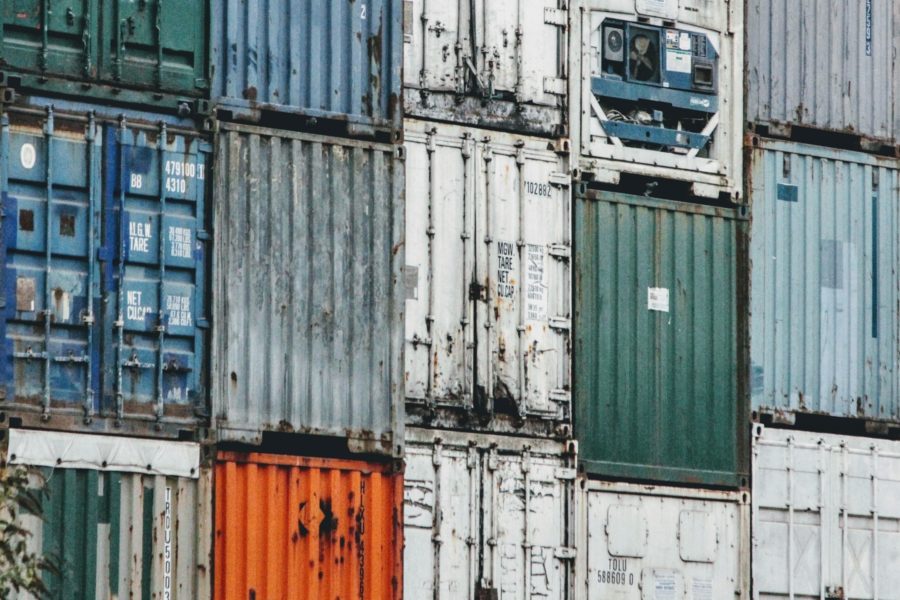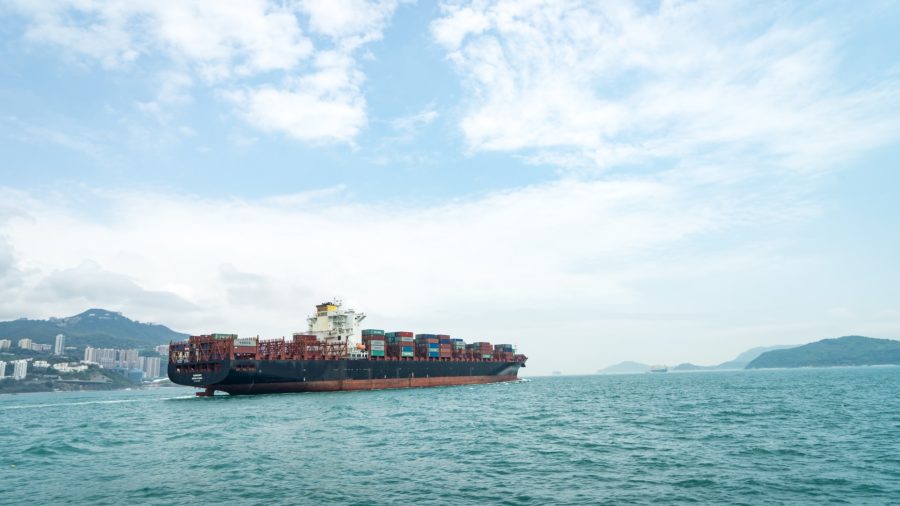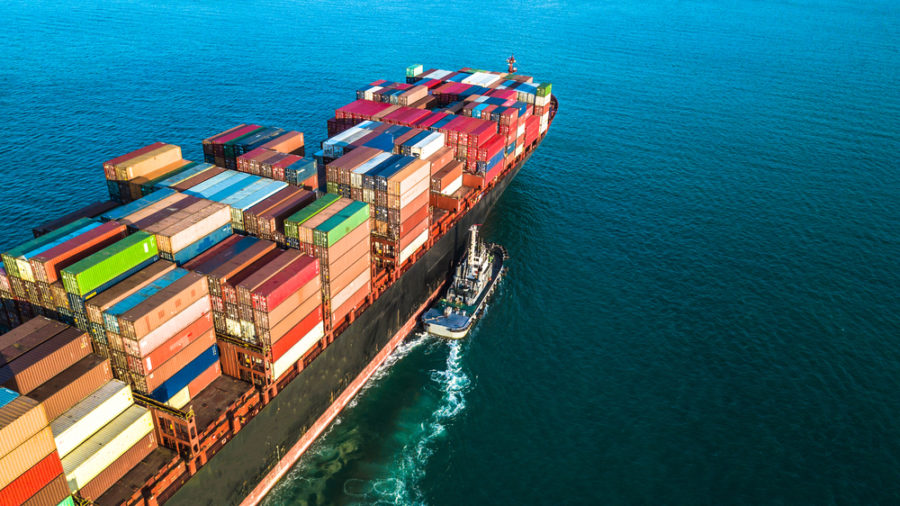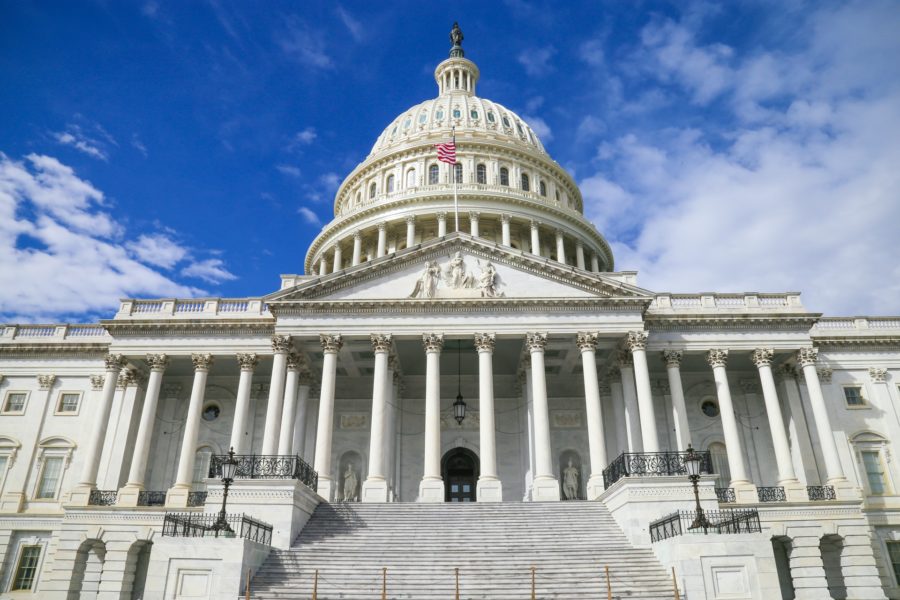April 5, 2021
USTR Proposes Additional 25 Percent Tariffs on Imports from Six Countries
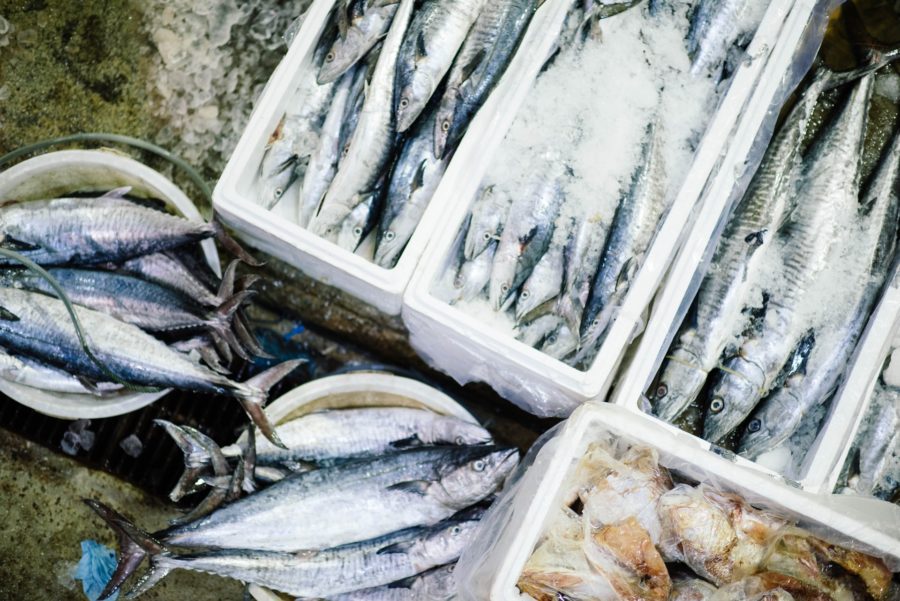
The Office of the United States Trade Representative has issued lists of products from six countries that may be subject to additional 25 percent tariffs. The proposed product lists identified by USTR are designed to offset digital services taxes imposed by Austria, India, Italy, Spain, Turkey and the United Kingdom, and that USTR has determined violate Section 301 of the Trade Act of 1974.
The initial Section 301 action was brought against 10 countries, however, USTR also announced it was formally terminating cases against Brazil, the Czech Republic, the European Union and Indonesia because these countries had not implemented or adopted any digital service taxes.
USTR’s announcement did not address a separate Section 301 digital services action brought against France, covering $1.3 billion worth of French goods that was suspended by the previous administration.
For the cases going forward, each of USTR’s notices requests comments and information from parties on whether action is appropriate, and if so, the appropriate action to be taken.
USTR will hold a hearing regarding the proposed remedy for each of the six subject countries, as well as a “multi-jurisdictional” hearing for issues that concern more than one country. Requests to appear at each hearing (including a summary of the testimony to be given) must be submitted to USTR by April 21, 2021, and written submissions must be submitted by April 30, 2021.
Among the products identified on USTR’s six lists are seafood, children’s clothing, jewellery, and certain furniture items.
USTR’s federal register notices, and prior relevant documents concerning the agency’s investigations, are available at the agency’s website.
(Source: U.S. Trade Monitor)
